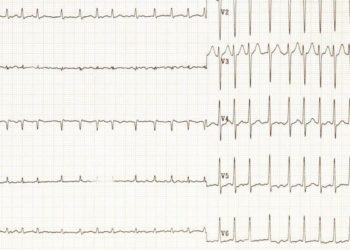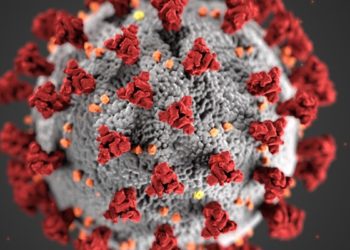Minorities under-treated in pediatric emergency departments
Image: PD
1. Among patients presenting to emergency departments (EDs) for abdominal pain, Caucasian children were more likely to receive pain medication than African American, Hispanic, and other minority children.
2. African American and Hispanic patients were more likely to spend longer time in the ED as compared to Caucasian patients.
Evidence Rating Level: 2 (Good)
Study Rundown: Previous research has found that racial/ethnic inequities exist in emergency pediatric and adult patient care. The current study investigated the racial/ethnic contribution to management of pediatric abdominal pain. Results showed that non-Hispanic African American children presenting to the ED with abdominal pain were less likely than Caucasian children to receive any analgesic or a narcotic for pain management. African American and Hispanic patients were more likely than Caucasian children to spend greater than six hours in the ED. There were no differences between racial/ethnic groups in the number of hospital admissions, pain documentation, or return visits to the ED within 72 hours. Although this study may be limited by its inability to control for all factors influencing pain management, its results are consistent with previous research concerning ED patients. This study emphasizes the importance of clinician awareness of pediatric health disparities and the continuing need to address these inequities.
Click to read the study, published today in Pediatrics (pending)
Relevant Reading: Disparities exist in the emergency department evaluation of pediatric chest pain
In-Depth [retrospective cohort study]: Researchers conducted a secondary analysis on data obtained from the National Hospital Ambulatory Medical Care Survey. Patients were included for analysis (n = 2298) if 21 years old or younger with abdominal pain as their presenting symptom to the ED. Race/ethnicity was separated into four categories: non-Hispanic white, non-Hispanic black, Hispanic, and other. Pain scores were recorded, and severe pain was defined as 7-10 on a 10 point pain scale. Outcome measures were focused on the treatment of pain, the treatment of severe pain, and the use of narcotics. Nearly half of participants identified as non-Hispanic white (52.6%), and the mean age of those studied was 14.9 years. Multivariate logistic regression analysis was completed and showed non-Hispanic black patients were less likely to receive any analgesics (OR = 0.61, CI: 0.43-0.87), and less likely to receive analgesics for severe pain (OR 0.43, CI: 0.22-0.87). Non-Hispanic blacks and Hispanics were more likely to experience a prolonged stay (> 6 hours) in the ED (ORs 1.68 and 1.64, respectively). No significant differences were found among rates of hospital admission and return visits to the ED.
By Brandon Childs and Leah H. Carr
Reviewed by William V. Raszka, MD
More from this author: Successful regional implementation of pediatric chest pain algorithm, EMR tool may aid in diagnosis and management of ADHD, School lunches and television watching linked with obesity, 60% of food choking cases occur in children less than four years old, Algorithm effective in identifying at-risk infants for becoming overweight
© 2013 2minutemedicine.com. All rights reserved. No works may be reproduced without expressed written consent from 2minutemedicine.com. Disclaimer: We present factual information directly from peer reviewed medical journals. No post should be construed as medical advice and is not intended as such by the authors, editors, staff or by 2minutemedicine.com. PLEASE SEE A HEALTHCARE PROVIDER IN YOUR AREA IF YOU SEEK MEDICAL ADVICE OF ANY SORT.







